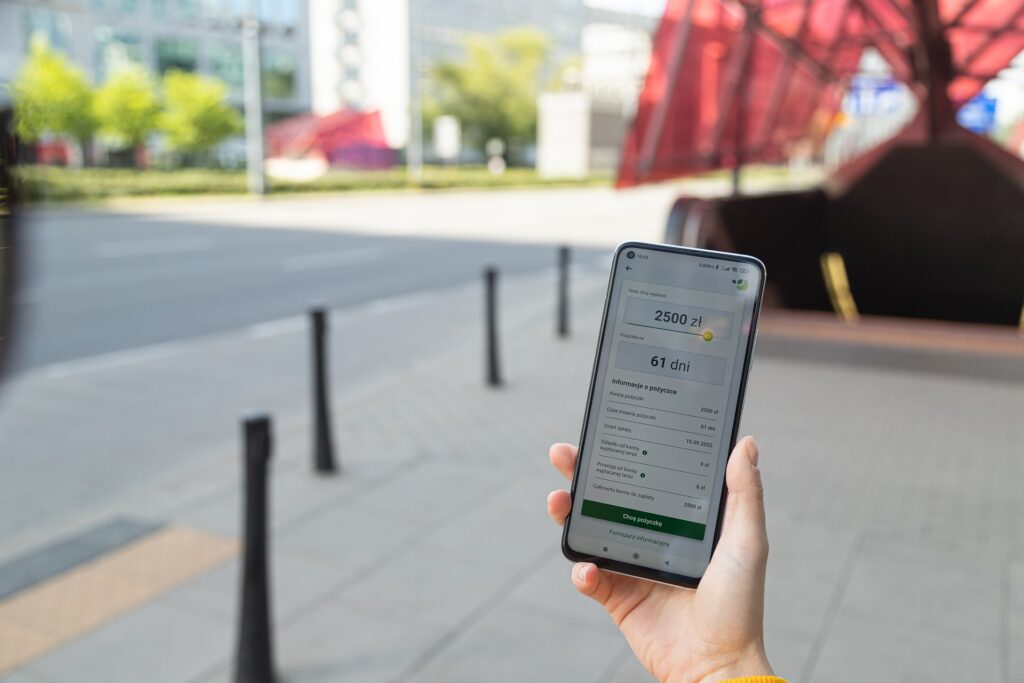“
Key Takeaways
- Eco-Luxury Blends Comfort and Sustainability: Eco-luxury travel destinations provide high-end amenities while prioritizing environmental responsibility and sustainability, allowing travelers to indulge guilt-free.
- Unique Natural Experiences: Locations like Costa Rica, Bali, and the Maldives offer unique landscapes and ecosystems, enabling guests to enjoy nature while participating in conservation efforts.
- Wellness and Relaxation Focused: Many eco-luxury resorts emphasize wellness through spa treatments, yoga, and meditation, enhancing mental and physical well-being.
- Support for Local Communities: Eco-luxury destinations foster community engagement by employing local workers and sourcing ingredients from nearby producers, thereby enhancing the economic stability of local populations.
- Commitment to Conservation: These resorts implement conservation strategies such as wildlife protection, reforestation projects, and marine conservation, significantly reducing the tourism carbon footprint.
- Culinary Excellence with Local Flavor: Guests can enjoy organic and locally sourced cuisine, supporting sustainable practices while savoring fresh dishes that reflect regional flavors.
In a world where the hustle and bustle of daily life can be overwhelming, finding a sanctuary that combines relaxation with sustainability is a dream for many travelers. Eco-luxury travel destinations offer the perfect escape, allowing individuals to unwind while also caring for the planet. These unique spots redefine indulgence, blending opulence with eco-conscious practices.
From stunning beachfront resorts to serene mountain retreats, these destinations prioritize environmental stewardship without sacrificing comfort. They provide travelers with the chance to indulge in luxurious amenities while embracing nature and supporting local communities. Discover how these eco-luxury havens can transform your vacation into a rejuvenating experience that aligns with your values and love for the Earth.
Experience Ultimate Relaxation and Sustainability at These Eco-Luxury Travel Destinations
Explore stunning eco-luxury travel destinations that harmonize relaxation with sustainable practices. Each location provides serene environments, combining high-end amenities with eco-conscious initiatives.
1. Costa Rica
- Offers vibrant biodiversity featuring rainforests and wildlife.
- Hosts eco-friendly resorts with renewable energy sources.
- Provides wellness retreats focusing on holistic health.
2. Bali, Indonesia
- Showcases luxurious villas surrounded by lush landscapes.
- Incorporates organic dining experiences utilizing local produce.
- Emphasizes cultural respect through community-based tourism.
3. Maldives
- Features overwater bungalows designed with sustainable materials.
- Provides marine conservation programs promoting coral reef protection.
- Offers spa experiences incorporating traditional healing methods.
4. Tulum, Mexico
- Promotes eco-chic hotels embedded within nature.
- Integrates wellness activities like yoga on pristine beaches.
- Supports local artisans, enhancing the community economy.
- Showcases nature reserves protecting endemic species.
- Hosts eco-friendly lodges prioritizing conservation efforts.
- Offers guided tours focusing on sustainable tourism practices.
Travelers can immerse themselves in luxury while contributing to environmental conservation at these destinations. Each location embodies a commitment to sustainability, offering unparalleled experiences that rejuvenate both the body and mind.
Destination Highlights
Eco-luxury travel destinations offer unique experiences that blend relaxation and sustainability. This section highlights some of the most compelling options available.
Exotic Beach Getaways
- Costa Rica: This destination features eco-friendly resorts surrounded by lush rainforests and stunning coastlines. Activities include exploring diverse ecosystems through guided nature tours, practicing yoga on the beach, and participating in sustainable fishing programs that support local communities.
- Maldives: It boasts sustainable overwater bungalows that utilize solar energy and promote marine conservation. Guests can enjoy private snorkeling experiences, visit coral restoration projects, and unwind on pristine beaches, all while minimizing their ecological impact.
- Bali, Indonesia: Known for luxurious villas integrated into natural landscapes, Bali emphasizes community-based tourism. Travelers can engage in cultural workshops, enjoy organic farm-to-table dining, and relax in wellness retreats that incorporate traditional Balinese healing practices.
- Nicaragua: This destination offers eco-luxury lodges set amid volcanic landscapes. Visitors can hike through cloud forests, engage in wellness retreats featuring meditation, and experience local art and culture while supporting sustainable practices.
- Aspen, Colorado: With a focus on eco-conscious luxury, Aspen hosts resorts that prioritize energy efficiency and wildlife preservation. Guests can partake in skiing during winter months, explore scenic hiking trails in summer, and enjoy farm-to-table dining experiences highlighting local ingredients.
- Swiss Alps, Switzerland: The region delivers mountain resorts that embrace sustainable architecture. Activities range from hiking and mountain biking in the warmer months to skiing in the winter, all while ensuring that environmental conservation practices remain a top priority.
Unique Eco-Friendly Features
Eco-luxury travel destinations stand out with their unique eco-friendly features. These attributes enhance the guests’ experience while prioritizing sustainability and environmental stewardship.
Sustainable Accommodations
Sustainable accommodations incorporate environmentally friendly practices. Many eco-luxury resorts utilize renewable energy sources such as solar or wind power. They often implement water conservation systems, reduce waste through recycling programs, and use eco-friendly building materials. For example, resorts in Costa Rica feature open-air designs that allow natural ventilation, minimizing the need for air conditioning. Additionally, some properties invest in local wildlife preservation, maintaining habitats for endangered species while offering educational programs for guests.
Organic and Locally Sourced Cuisine
Organic and locally sourced cuisine forms a cornerstone of the eco-luxury experience. Many destinations prioritize farm-to-table dining, serving dishes made with ingredients sourced from local farmers and fishermen. This practice not only supports local economies but also reduces the carbon footprint associated with food transportation. In Bali, gourmet restaurants showcase seasonal ingredients from nearby farms, while the Maldives emphasizes sustainable seafood harvested from responsible fishing practices. Guests enjoy meals that are not only delicious but also contribute to the sustainability of the surrounding environment.
Wellness and Relaxation Activities
Eco-luxury travel destinations prioritize wellness and relaxation through a variety of activities aimed at enhancing guests’ mental and physical well-being. These activities encourage deep connection to nature and personal rejuvenation, making each stay truly transformative.
Spa Treatments
Spa treatments at eco-luxury hotels often utilize natural, locally sourced ingredients. Treatments include rejuvenating massages, aromatherapy, and organic facials designed to promote relaxation. For example, resorts in Costa Rica may offer volcanic clay body wraps that harness the region’s mineral-rich soils. Bali’s high-end spas often feature traditional Balinese healing techniques, integrating ancient practices with modern comforts. Many resorts incorporate sustainable practices into their spa services, using biodegradable products and eco-friendly packaging.
Mindfulness and Meditation
Mindfulness and meditation practices are central to the wellness offerings at these destinations. Guided meditation sessions often take place in serene outdoor settings, allowing guests to connect with nature while calming their minds. For instance, Tulum offers beachside yoga retreats where practitioners experience the sound of waves while they meditate. Many places also provide workshops focused on mindfulness techniques, helping travelers cultivate inner peace during their stay. As a result, guests develop skills that extend beyond their vacation, fostering ongoing relaxation and mental clarity.
Environmental Impact
Eco-luxury travel destinations prioritize environmental sustainability and showcase impactful initiatives that protect natural resources and support local ecosystems. These efforts contribute significantly to reducing the overall carbon footprint of tourism.
Conservation Efforts
Eco-luxury destinations implement various conservation strategies that preserve biodiversity and protect habitats. These include:
- Wildlife Protection: Resorts partner with local conservation organizations to create programs aimed at safeguarding endangered species. For instance, many properties in Costa Rica collaborate with wildlife reserves to enhance habitat restoration and promote species recovery.
- Reforestation Projects: Many eco-luxury hotels engage in reforestation initiatives, where guests can participate in planting native trees. Such activities help restore ecosystems and enhance carbon sequestration efforts.
- Marine Conservation: Coastal destinations, like the Maldives, often promote marine protection through initiatives that minimize coral reef damage and encourage responsible snorkeling and diving practices.
Community Engagement
Community engagement forms a core part of the eco-luxury experience, fostering local economies while promoting sustainable tourism practices. Key elements include:
- Local Employment: Eco-luxury resorts prioritize hiring local workers and providing training programs, thereby supporting community livelihoods and enhancing the guest experience through authentic cultural exchange.
- Cultural Programs: Many destinations offer cultural workshops, such as traditional cooking classes or artisan craft sessions, allowing guests to immerse themselves in local traditions while promoting heritage preservation.
- Support for Local Businesses: These destinations frequently source products and food from nearby farms and artisans, keeping revenue within the community and reducing transportation-related emissions. This approach strengthens local economies and fosters a sense of interconnectedness among guests and residents.
Eco-luxury Travel Destinations
Eco-luxury travel destinations offer an extraordinary opportunity to unwind while making a positive impact on the planet. By choosing these unique locations, travelers can indulge in lavish amenities without compromising their commitment to sustainability. Each destination provides a chance to connect with nature, support local communities, and engage in practices that promote environmental conservation.
Whether it’s enjoying a serene yoga session in Tulum or savoring organic cuisine in Costa Rica, every experience reinforces the notion that relaxation and responsibility can coexist. Embracing eco-luxury travel not only rejuvenates the body and mind but also fosters a deeper appreciation for the world around us. As travelers seek harmony between indulgence and sustainability, these destinations stand out as beacons of hope for a more responsible future in tourism.”



